Tailings Recycling: A Complete Guide to Sustainable Mining
3428Unlock the economic and environmental benefits of tailings recycling. Discover how this sustainable solution transforms mining waste into valuable materials.
View detailsSearch the whole station Crushing Equipment
A practical framework for mineral grinding mill selection requires analyzing six key factors: the main mill types, material characteristics, required product fineness, desired capacity, total cost of ownership, and how you request a quote. This ensures you buy a solution, not just a machine.
The right mineral grinding mill selection is not about buying the cheapest machine. It is about choosing the most profitable grinding system for the next 20 years. This guide provides a practical framework to help you make a decision that lowers long-term costs and maximizes your project’s success.
Grinding mills are foundational machines in nearly every industry that processes raw earth materials. They are essential for transforming coarse, unusable rock into precisely sized powders required for manufacturing and mineral extraction. Understanding where and why they are used provides context for selecting the right equipment.
The table below outlines the key sectors that rely heavily on industrial grinding equipment.
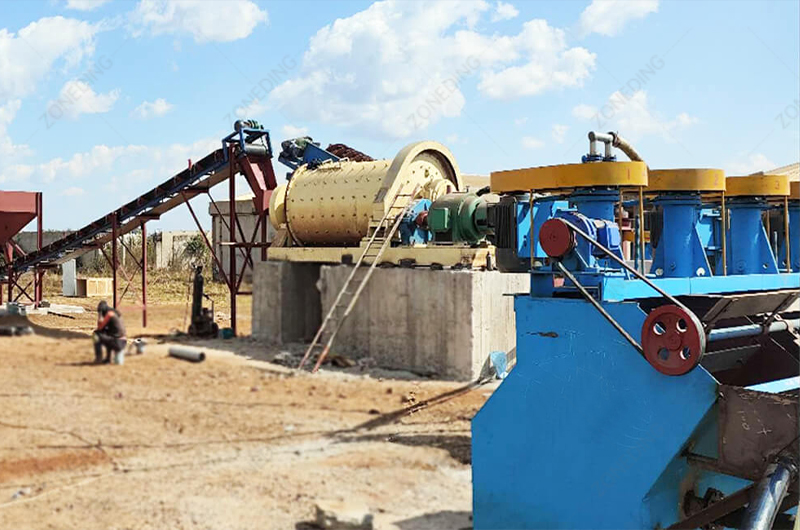
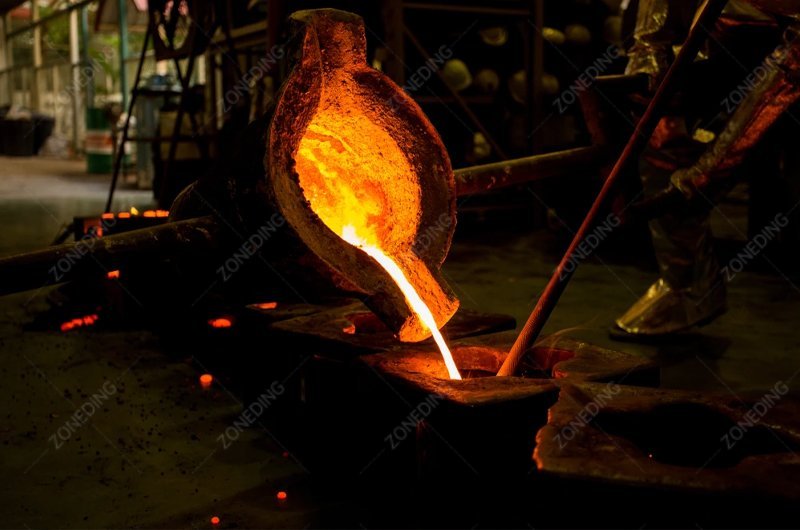
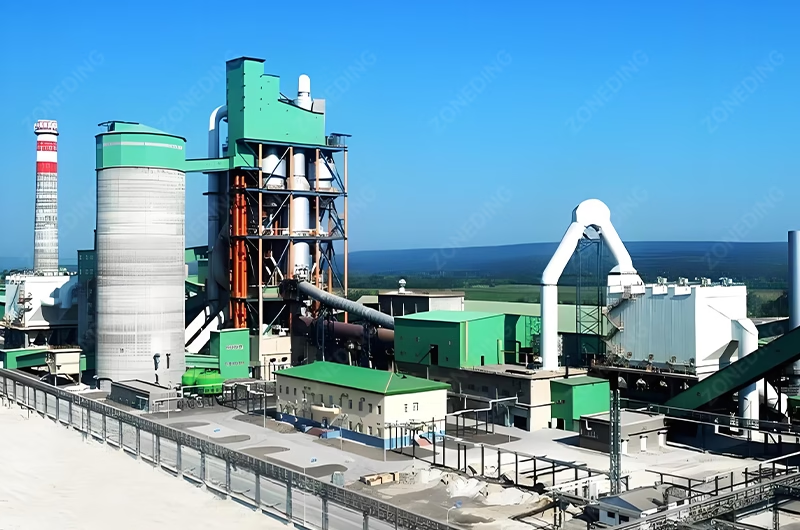
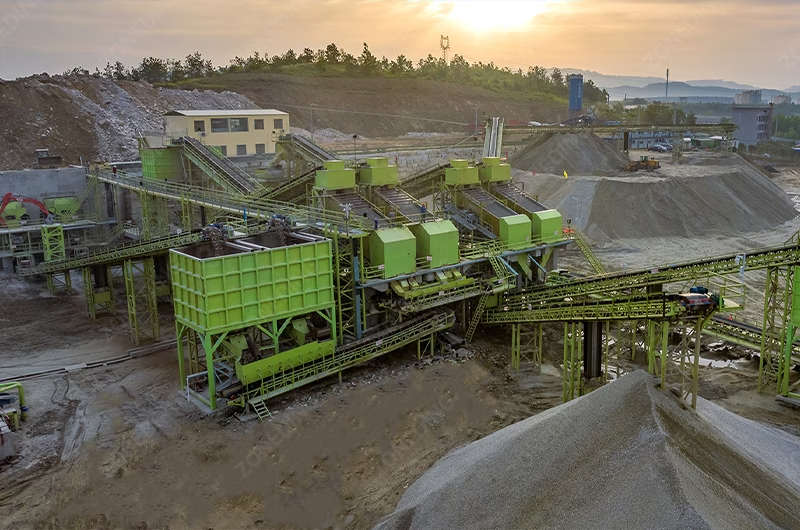
| Industry | Primary Application | Common Mill Types | Why It’s Critical for the Business |
|---|---|---|---|
| Mining (Metallic Ores) | Ore Grinding to liberate valuable minerals like gold, copper, or iron from waste rock. | SAG Mills, Ball Mills, Rod Mills | Liberation is the first step in mineral recovery. Without proper grinding, valuable minerals cannot be separated, leading to direct profit loss. |
| Cement Manufacturing | Grinding limestone and other raw materials into “raw meal” before the kiln, and grinding cement clinker into fine cement powder. | Vertical Roller Mills (VRM), Ball Mills | The fineness of the final cement powder directly determines its strength and quality. Energy efficiency here is a key driver of plant profitability. |
| Construction Aggregates | Manufacturing sand from crushed rock to supplement or replace natural sand. | Rod Mills, Ball Mills, VSI Crushers | Creates high-quality, consistently graded sand, a crucial component for concrete and asphalt production. |
| Power Generation | Pulverizing coal to a fine powder for efficient and complete combustion in boilers at thermal power plants. | Vertical Roller Mills, Ball-and-Race Mills | Fine pulverization maximizes the energy extracted from coal and reduces harmful emissions. |
| Industrial Minerals | Grinding materials like calcium carbonate, barite, or talc into fine powders for use as fillers, coatings, and additives. | Raymond Mills, Ultrafine Grinding Mills | The particle size, brightness, and distribution of the final powder determine its market value and application. |
Different grinding mills are specialized tools for different jobs. Before diving into the details of selection, it is important to understand the basic types of grinding equipment and their primary roles. Each works on a different principle to achieve a specific result.
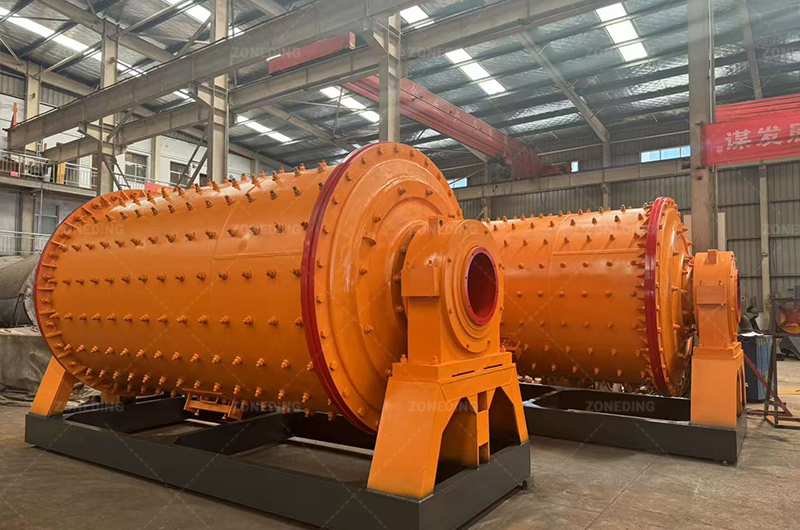
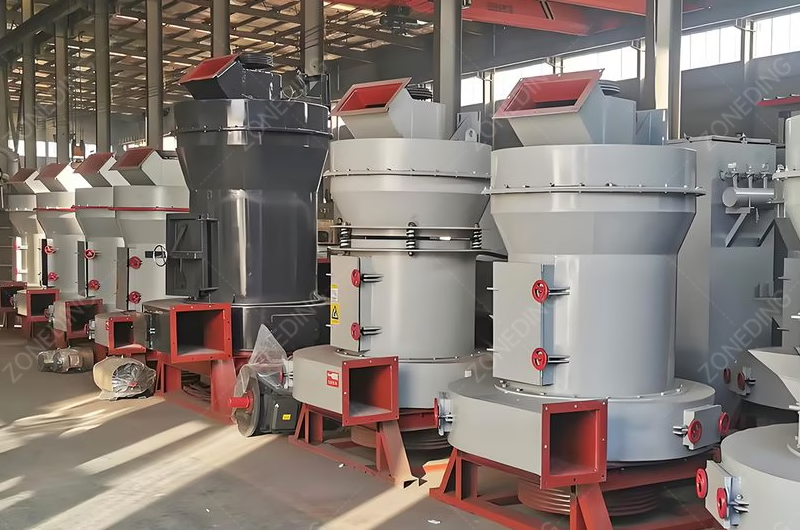
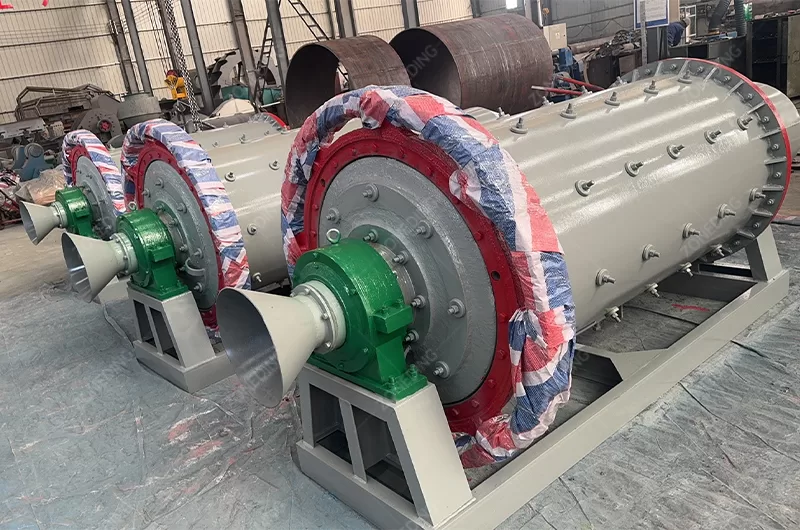
| Mill Type | How It Works | Best For |
|---|---|---|
| Ball Mill | A rotating drum filled with steel balls grinds material through impact and abrasion. | A versatile, robust choice for a wide range of fineness requirements in wet or dry grinding. |
| Rod Mill | A rotating drum with long steel rods preferentially grinds larger particles. | Coarse grinding where a narrow product size distribution and minimal fine particles are needed. |
| Vertical Roller Mill (VRM) | Material is ground between a rotating table and large rollers. | Energy-efficient grinding of soft to medium-hard, non-abrasive materials like coal and cement raw meal. |
| Raymond Mill | A type of vertical mill that uses rollers and a classifier to produce fine, consistent powders. | Producing fine powders (100-400 mesh) from non-flammable, non-explosive materials. |
| Ultrafine Grinding Mill | Specialized mills (e.g., stirred mills) designed to produce very fine or nano-sized powders. | Applications requiring extremely high fineness, such as premium fillers and coatings. |
Not all rocks are created equal. A mill that works perfectly for soft, dry limestone will fail spectacularly with hard, wet ore. The material’s properties are non-negotiable facts that dictate your choice.
Hard, abrasive materials require robust mills like Ball Mills or Rod Mills with tough liners and grinding media. High moisture content can cause clogging in certain mills, often requiring a dryer or a wet grinding process.
Ignoring these properties is the fastest way to high wear costs and constant downtime. The material itself tells you what kind of grinding equipment it will accept.
The hardness (measured by the Mohs scale) and moisture content are the two most critical factors.

| Material Characteristic | Impact on Selection | Recommended Mill Type |
|---|---|---|
| Hard & Abrasive (e.g., Quartz, Granite) | Causes high wear on parts. Requires robust construction and high power. | Ball Mill, Rod Mill |
| Soft & Non-Abrasive (e.g., Limestone, Gypsum) | Allows for mills that use impact and attrition. More energy-efficient options are available. | Raymond Mill, Vertical Roller Mill |
| High Moisture (>5%) | Can cause material to stick and clog in dry grinding mills. | Wet Ball Mill or pre-drying with a Rotary Dryer before dry grinding. |
| Sticky (e.g., Clays) | Similar to high moisture, leads to severe clogging and buildup. | Wet grinding in a Ball Mill is almost always required. |
The required product fineness is a primary filter for choosing a grinding mill type. Different mills operate efficiently within specific size reduction ranges. Forcing a mill to grind outside its optimal range leads to inefficiency and high costs.
The following table provides a general guide for matching fineness requirements to mill types.
| Fineness Range (P80) | Common Mesh/Micron | Recommended Mill Type(s) | Why It’s a Good Fit |
|---|---|---|---|
| Coarse Grinding | 10-48 Mesh (2mm – 300µm) | Rod Mill, AG/SAG Mill | A Rod Mill excels at producing a narrow size distribution with minimal fines, perfect for gravity circuits. |
| Medium Grinding | 48-200 Mesh (300µm – 74µm) | Ball Mill, VRM (for soft materials) | A Ball Mill is the workhorse for this range, efficiently producing feed for flotation or leaching. |
| Fine Grinding | 200-400 Mesh (74µm – 37µm) | Ball Mill (with fine media), Raymond Mill | A properly configured Ball Mill or a Raymond Mill can achieve this fineness for many industrial minerals. |
| Ultrafine Grinding | >400 Mesh (<37µm) | Stirred Mills, Ultrafine Grinding Mills | These specialized mills use high energy input to achieve sub-micron particle sizes. |
Brochures often oversimplify this choice. A Rod Mill is a preferential grinder. It uses long rods that crush the largest particles first, creating a product with very few slimes (ultra-fines). This is ideal for feeding gravity separation equipment like shaking tables, which are very sensitive to fines. A Ball Mill is an indiscriminate grinder. It crushes everything, producing a wider particle size distribution with more fines, which is perfect for creating the large surface area needed for flotation.
Are you a small operation producing a few tons per hour, or a large mine processing thousands? The scale of your operation is a primary driver of both the type and size of the mill.
For low to medium capacities (up to 50 TPH), Ball Mills and Raymond Mills are common. For very high capacities (100+ TPH), large-diameter Ball Mills and energy-efficient Vertical Roller Mills (VRMs) become the more economical choice.
A machine’s capacity is tied to its physical volume and motor power. A bigger machine costs more upfront but delivers a lower cost per ton at high throughputs.
For any given mill type, a larger mill will have a higher capital cost but will be more energy-efficient on a per-ton basis.
| Capacity (TPH) | Common Selection Scenario | Key Considerations |
|---|---|---|
| < 10 TPH | Small operations, pilot plants. | A smaller Ball Mill or Raymond Mill is cost-effective. Flexibility may be more important than peak efficiency. |
| 10 – 100 TPH | Medium-sized quarries and mineral plants. | This is the sweet spot for standard-sized Ball Mills. The selection is driven mainly by fineness and material type. |
| > 100 TPH | Large mines, cement plants. | Large-diameter Ball Mills offer economies of scale. Vertical Roller Mills (VRMs) are often chosen for their superior equipment energy consumption at this scale. |
The choice is about finding the right balance between the initial grinding mill price and the long-term operational efficiency for your specific production target.
The purchase price is just the down payment. The real cost of a grinding mill is what it consumes over its lifetime. Focusing only on the initial quote is a classic rookie mistake.
The Total Cost of Ownership (TCO) includes the initial purchase price plus the lifetime costs of energy, grinding media, and wear parts (liners). A mill with a higher initial price but lower energy use and wear rates often has a much lower TCO.
Evaluating TCO instead of just the sticker price is the difference between a profitable operation and one that bleeds money.
Over a 20-year life, the operational expenses (OPEX) will dwarf the capital expense (CAPEX).
When comparing quotes, always ask for the projected equipment energy consumption (in kWh/ton) and the estimated wear rates for media and liners.
Vague questions get vague answers. If you want a serious, engineered solution instead of a generic price list, you need to provide the manufacturer with quality information.
To get a precise grinding mill quote, provide six key data points: material type and hardness, maximum feed size, required product fineness (mesh/microns), desired capacity (TPH), process (wet or dry), and site voltage.
This information allows an engineer to start designing a proper grinding system for your specific needs, not just quoting a random machine.
When you contact a manufacturer like ZONEDING, provide these details.
Mineral grinding mill selection is one of the most critical decisions in a project’s life. A successful choice is a balance of multiple factors. It requires looking beyond the purchase price to the long-term TCO. The optimal solution always starts with a deep understanding of the ore and the ultimate processing goal.
Focus on liberation, not just fineness. Evaluate the entire circuit’s energy efficiency, not just one machine’s price. And treat your grinding media as an engineered tool, not a commodity.
At ZONEDING, we are a direct manufacturer of a complete portfolio of grinding equipment, including Ball Mills, Rod Mills, and other essential beneficiation equipment. We don’t just sell machines; we provide complete, customized solutions. By analyzing your specific project data, our engineers design grinding circuits that balance capital investment with long-term operational efficiency.
Contact our engineers with your project data. We will provide a professional, no-obligation technical proposal and a quote for a grinding solution engineered for your profitability.
Unlock the economic and environmental benefits of tailings recycling. Discover how this sustainable solution transforms mining waste into valuable materials.
View detailsReady to find gold? This guide explains how placer deposits form, how to identify different types, and the essential mining methods from panning to sluicing.
View detailsLooking for efficient tungsten extraction? Discover our range of gravity separation equipment designed to maximize recovery rates and improve your workflow.
View detailsDiscover what iron ore is, how it's mined, and why it's the critical backbone of the global economy. Learn how it's transformed into steel for everything.
View detailsWe use cookies to ensure that we give you the best experience on our website. If you continue to use this site we will assume that you are happy with it.
Privacy Policy